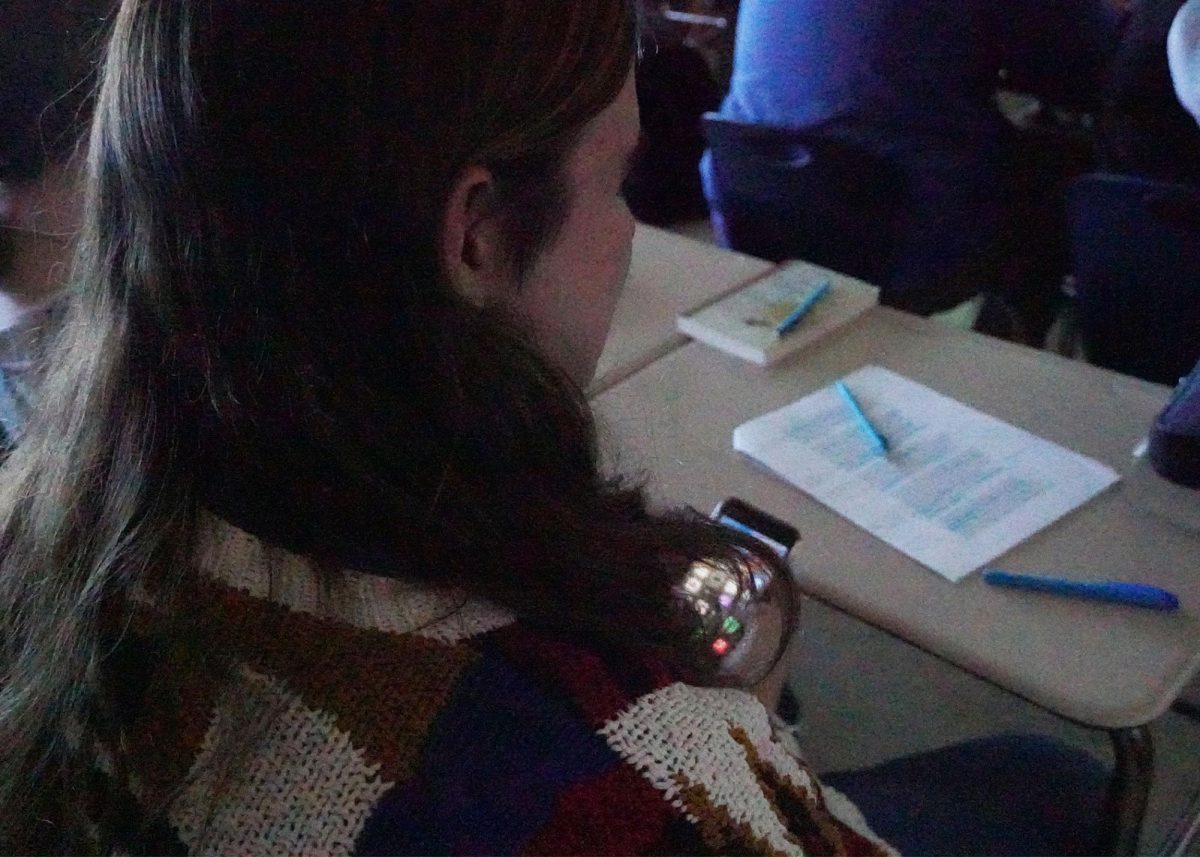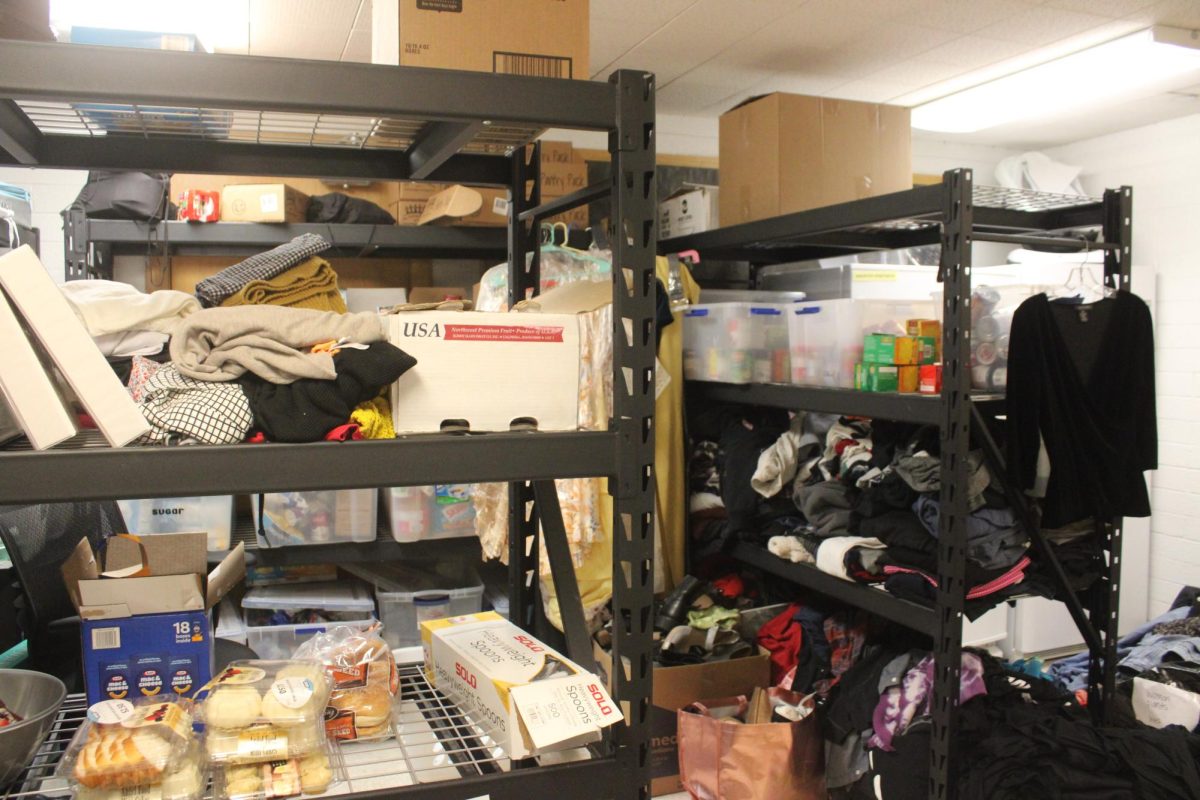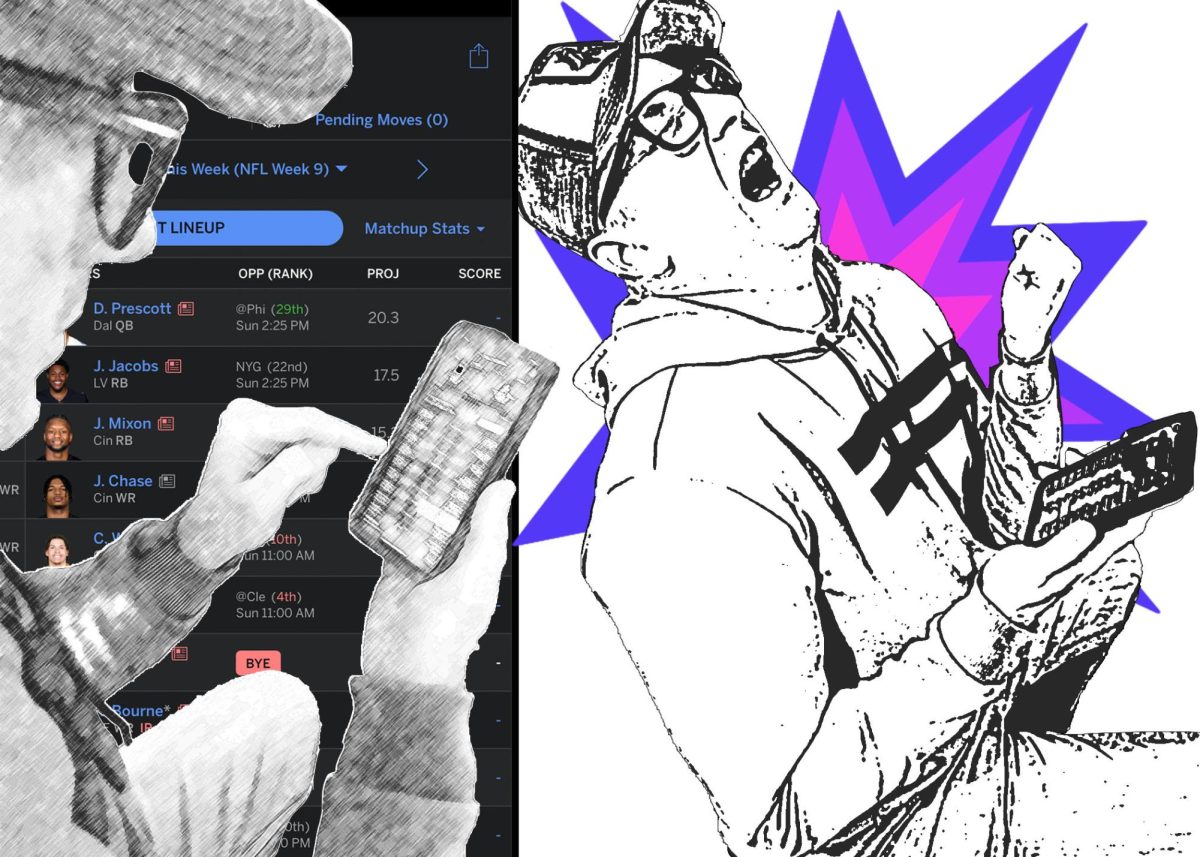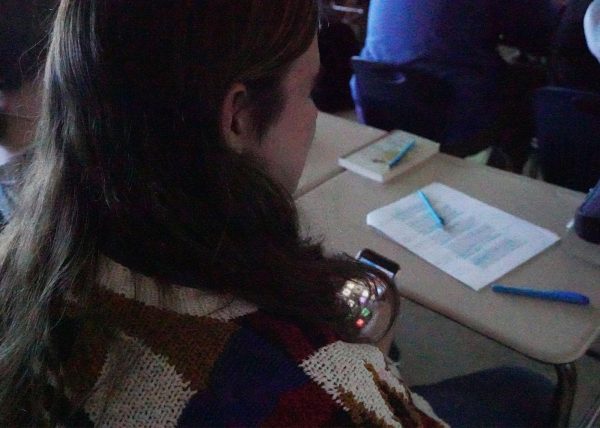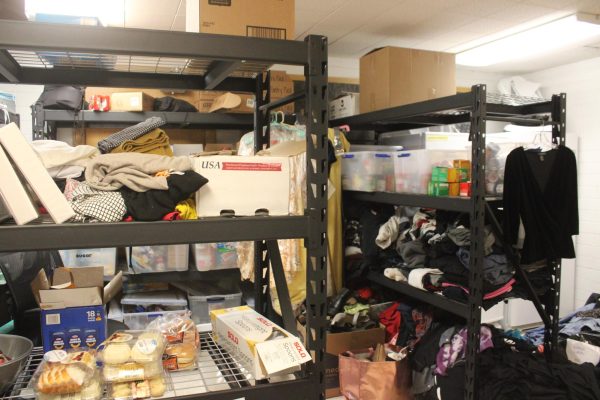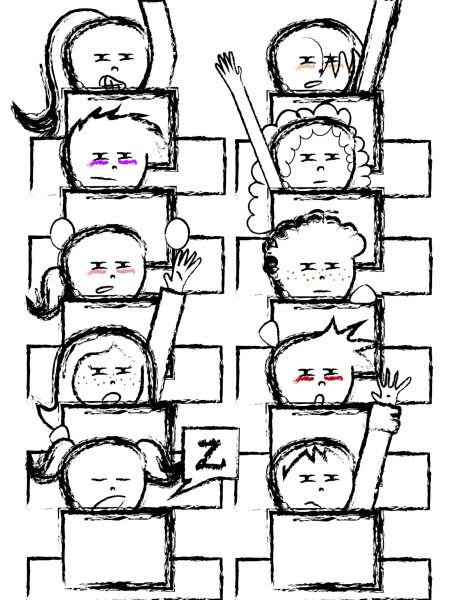Going Gluten Free Made Easier
January 15, 2015
According to research performed by Mayo Clinic, one in 141 Americans has Celiac Disease. This constitutes 1% of the population. And the number will rise significantly as an estimated 83% of Americans are undiagnosed and do not know that they have the disease.
For those who do suffer from Celiac, a strict gluten-free Diet is the only cure or treatment available. The diet must be adhered to for insurance that those with the disease become healthy and stay healthy.
“Healthy” is a relative term when referring to the disease. The symptoms are broad and can often be attributed to other causes. The damage that Celiac does is mainly manifest in the intestines. The intestines are weakened significantly and this in turn affects nutrient absorption.
The disease is a genetic autoimmune disorder that can affect both adults and children.
If you find yourself diagnosed, or suspicious of symptoms linked to Celiac Disease, it can be difficult to understand options when it comes to eating gluten free. The diet is sometimes difficult to maintain as the consumption of processed foods is at an all-time high.
For high school students, a gluten free diet can seem daunting and embarrassing. One of the main problems posed when embarking on the new diet is eating with other people who do not understand the situation. The school cafeteria is one place where embarrassment could set in.
In the Salt Lake City School District, awareness has been raised about gluten free and other dietary concerns. The district has resources for students and parents who have concerns over students with dietary concerns. The manager of Child Nutrition at Highland is Maria Rodriguez.
“We can make gluten free meals,” Rodriguez said. “We just haven’t received any requests for them in the cafeteria.”
Currently, the options for gluten free meals are not on the menu every day for the masses. If there is a specific dietary concern for a student, they must submit a request form. Once submitted, the request form will alert the cafeteria to prepare meals for breakfast or lunch to meet concerns.
“We do not make gluten free meals unless we get a request from a student’s doctor, but it is available,” Rodriguez said.
It is good to know that there is a route to getting help navigating this challenge. If students do not wish to have an entire special meal for them, Rodriguez also mentioned that there are always fruit and vegetable items included on the menu every day.
No matter if you suffer from Celiac Disease, a Gluten Intolerance, or choose to follow a specific diet, it is heartening to know that the lunch program at Highland offers a gluten free meal, should the need arise.
Students and staff who may be in need of special meal consideration can find the Special Dietary Needs Form on the Highland High School homepage, or the Salt Lake City School District’s Child Nutrition webpage.

